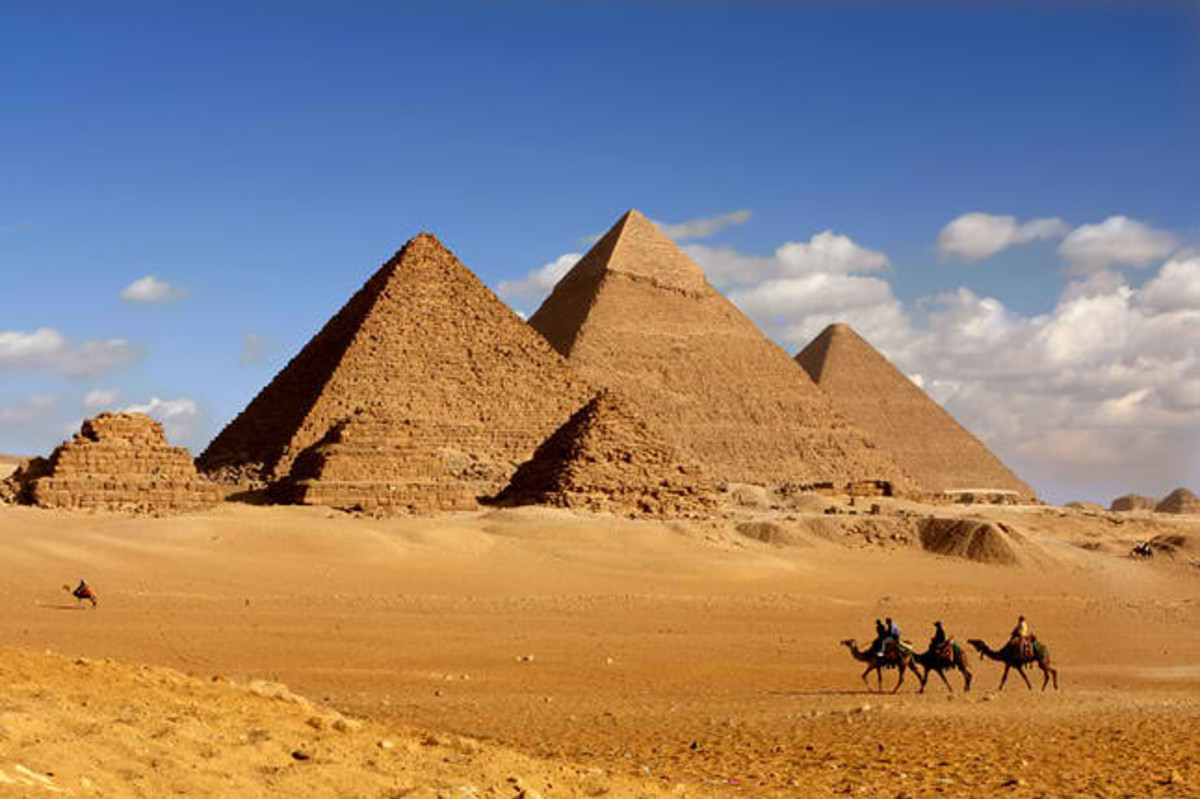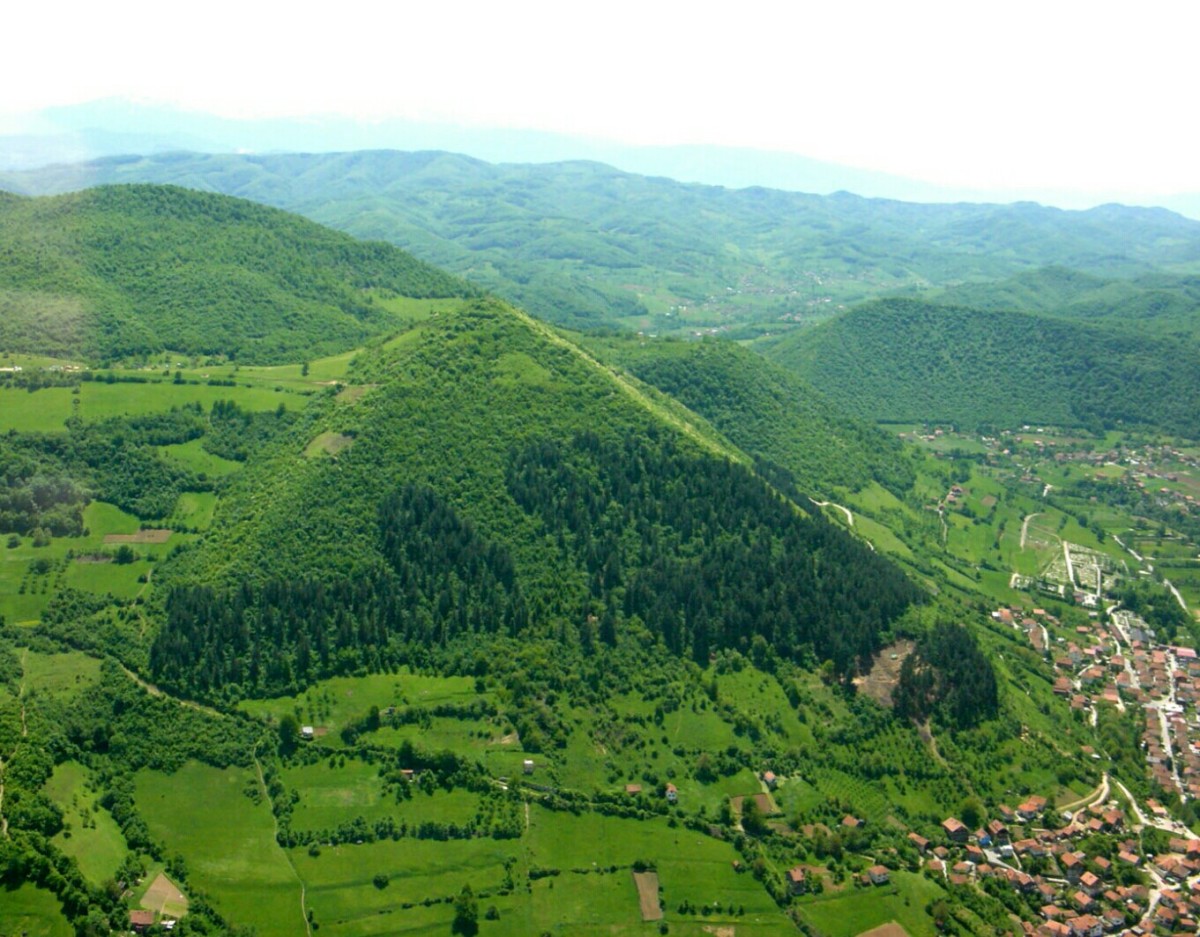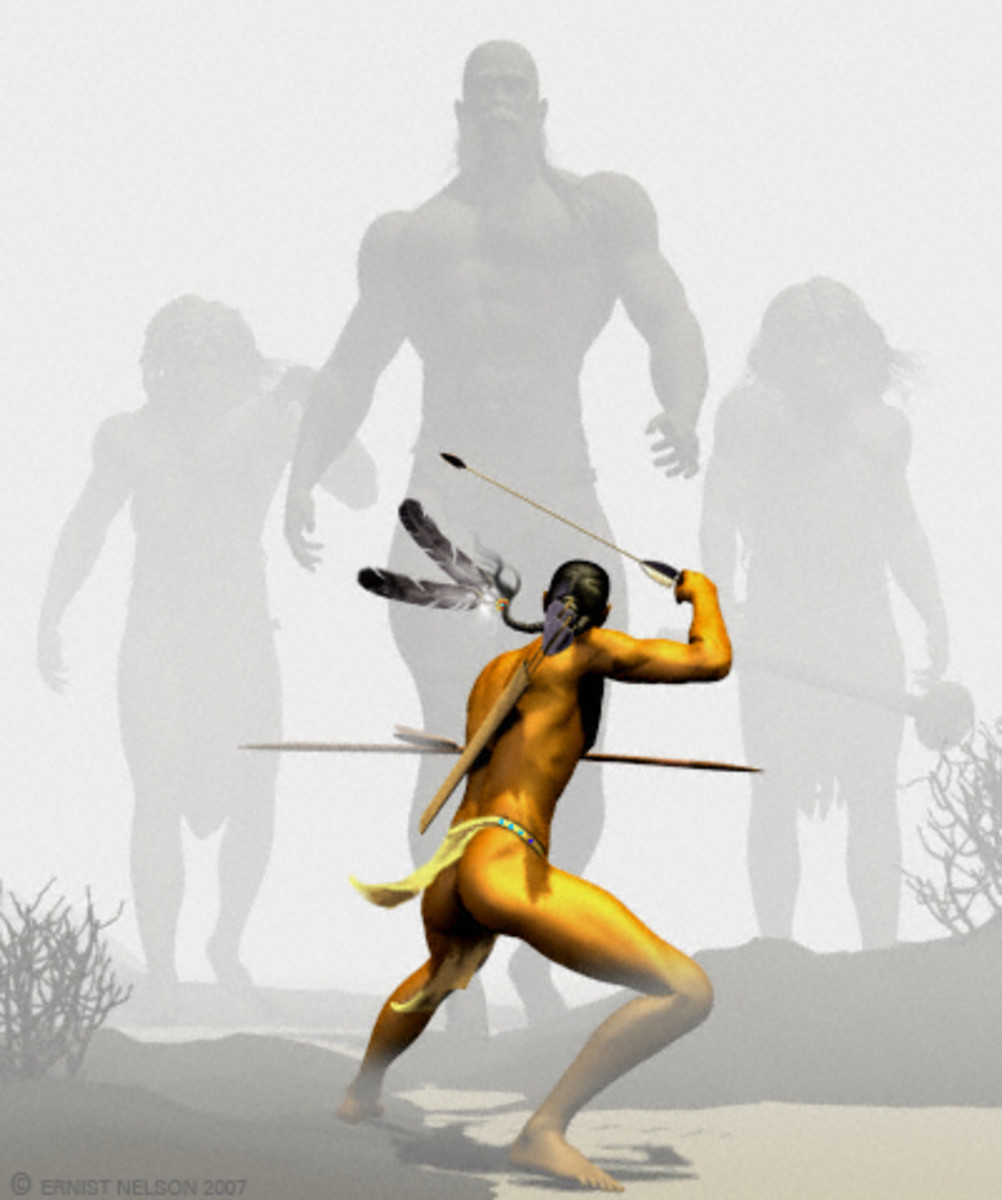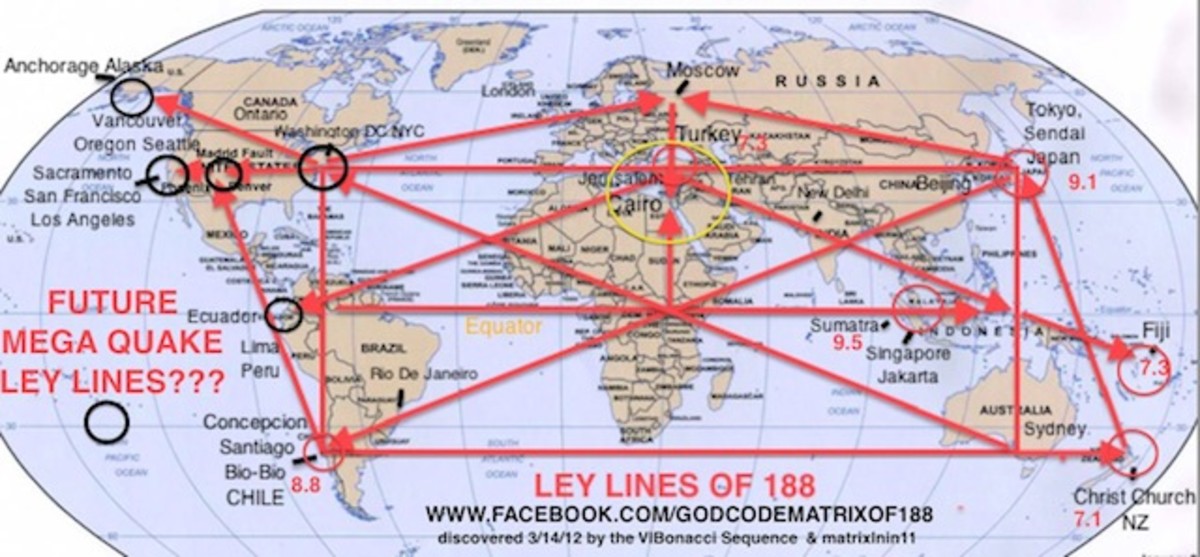- HubPages»
- Education and Science»
- History & Archaeology»
- Archaeology
Historical Landmarks: The Colossus of Rhodes
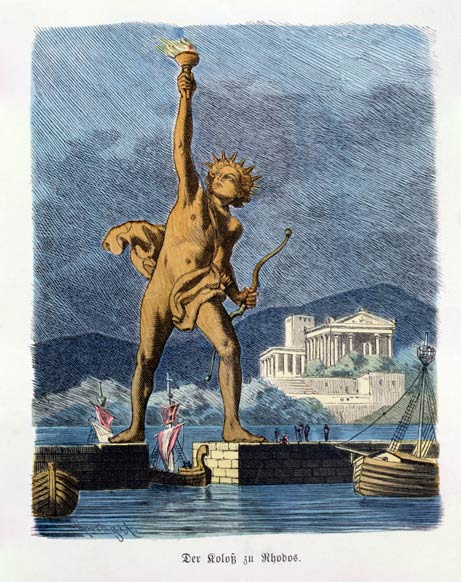
Brief History
The island of Rhodes in the Eastern Mediterranean was once a great economic center in the ancient times. Given its geographical location, the city of Rhodes was busied with many people coming from distant lands of Greece, provinces of Persia and etc. who would purposely made their stop in the city to do trading of all sorts. But as much as we all know, people back in the ancient times were so fond of conquering other cities to widen their territory and to initially exploit their resources. The city of Rhodes was no exception.
Around 370 BC, Mausolus of Halicarnassus, a ruler of once a small kingdom started to expand his territory. In time, Mausolus vastly widened his dominion, controlling most cities of the southwest Asia Minor. In 357 BC, Mausolus finally invaded the city of Rhodes. Not long after, in 353 BC, Mausolus died. The city of Rhodes then (in 340 BC) had fallen under the rule of the Persian Empire. This incidence did not last long either. In 332 BC, the city was finally conquered by the most famous conqueror of all times, Alexander the Great. The unanticipated death of Alexander ended his triumphant supremacy over his conquered lands. However, his sudden death at such a very young age did not put an end to the Rhodians’ ill-fate.
When Alexander the Great died, three of his generals (Ptolemy, Seleucus and Antigonus) have fought over the control of Alexander’s kingless kingdom. Antigonus who thought that Rhodes should be under his rule, got angry when he knew that the Rhodians sided with Ptolemy. This rendered Antigonus to start a war. In 305 BC, he sent his son Demetrios (also, Demetrius) Poliorketes with an army of 40,000 to the island of Rhodes. The enemies used siege towers which would allow them to climb over the tall and sturdy walls surrounding the city. The Rhodians outwitted the enemies though. They flooded the area outside the walls, immobilizing the giant towers in the mud.
For a year, the Rhodians managed to keep their enemies at the bay. Fleet of ships from Egypt had then arrived to help Rhodes. Eventually, Demetrios and his army withdrew from the war leaving all their wasted war equipment.
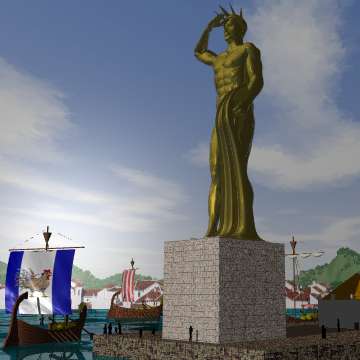
The victorious people of Rhodes decided to build up a statue of Helios, the Greek Titan god of sun to commemorate their victory. They made used of the materials that their enemies left in constructing this colossal statue. For more than 50 years, the statue of Helios stood still, constantly reminding the people of Rhodes their celebrated freedom. It may not have last longer. But during the short time of its existence, the statue attracted a lot of people. The towering statue of Helios was indeed an awe-inspiring “wonder”. In time, the lofty statue built in the island of Rhodes has become one of the 7 Ancient Wonders of the World – known today as “The Colossus of Rhodes”.
Construction of the Colossus of Rhodes
- Some historical accounts assumed that the construction of the “wonder” dated as early as 304 BC, shortly after the enemies led by Demetrios fled the war. Some dated it a few years later, in 292 BC.
- On Pliny’s account, it took 12 long years for the construction of the Colossus of Rhodes to get completely done.
- The Colossus of Rhodes depicted the Greek Titan god, Helios towering some 110 ft. (33 m) high and stood upon a white marble pedestal 50 ft. (15 m) tall.
- The statue was initially made up of bronze and iron. The structure was built using iron bars which served as the framework. It was then plated with bronze to form the skin.
- Much of the materials (iron and bronze) used in the construction were gathered from the equipment left by Demetrios and his soldiers during the war.
- Several accounts say that a massive earthen ramp was built around the statue during its construction. This would allow workers to gain access at the higher parts of the statue.
- However, modern engineers suggested that making used of the earthen ramp is highly impractical. They instead proposed that the siege towers abandoned by Demetrios may have been used by the Rhodians as a scaffold while it was constructed.
- The construction of the statue was led by an architect named Chares of Lindos. He was a Rhodian sculptor and pupil of Lysippus who was once involved in a construction of a 60-foot statue of Zeus.
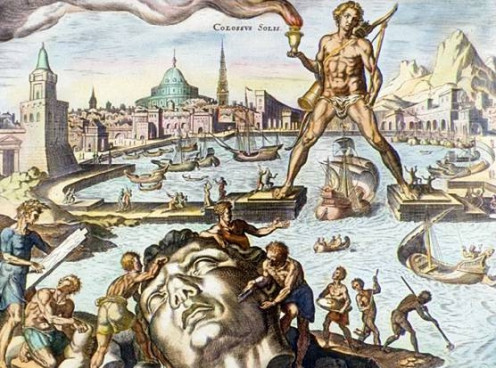
Several images of the “Colossus of Rhodes”, depicts the statue straddling on two sides of the harbor so that ships could pass under its legs. Engineering analysts on the other hand discussed that the statue could have not built in straddling position, pointing out that it could have collapse easily. Several researchers discoursed that the “Colossus of Rhodes” may have built up similar to how the Statue of Liberty was set up.
The "Colossal Wreck"
For more than 50 years after the statue was built up, a devastating earthquake hit the island of Rhodes. This caused the statue to fall on its knees. Most parts of the city had also received hefty damage. The Egyptian king, Ptolemy III initially made an offer to fund the reconstruction of the statue, but the Rhodians declined. The Rhodians took the advice of an oracle of Delphi who believed that it was the Greek Titan god Helios himself who sent the tremor who was in displeased of the statue’s construction.
“Even as it lies, it excites our wonder and admiration”
— PlinyMore Facts
- The army that Demetrios Poliorketes (son of Antigonus) brought (40,000 men) during his war with the Rhodians was more than the number of people living in the island of Rhodes.
- Mausolus, who once conquered the island of Rhodes, is the King whose remains were buried in a grand tomb at Halicarnassus, which happened to be one of the 7 Ancient Wonders of the World – The Mausoleum at Halicarnassus.
- The Statue of Liberty located at New York City harbor was inspired from “The Colossus of Rhodes”. Several people nowadays refer to this statue as the “Modern Colossus”.
- The Colossus of Rhodes and Statue of Liberty are evenly on the same size. The Statue of Liberty “the modern colossus” would look taller because it was raised up on a higher pedestal.
Is this helpful?
Which Ancient Wonder do you think is the most wonderful? (opinion only)
Related Articles
- Historical Landmarks: The Lighthouse of Alexandria
The Lighthouse of Alexandria (also known as the Pharos of Alexandria), built up around the beginning of the 3rd century BC was the first lighthouse ever constructed in the world. The structure stood on Pharos Island in the East Harbor of Alexandria w - Historical Landmarks: The Statue of Zeus at Olympia
One of the astonishing structures of classical antiquity is the Statue of Zeus. Built primarily to honor the King of Greek Gods and Goddesses, this humongous figure of the Greek God of Thunder was housed in the Temple of Zeus at Olympia, Greece - Historical Landmarks: Mausoleum at Halicarnassus
One of the seven ancient wonders of the world - Mausoleum at Halicarnassus, its construction and significant past accounts. - Historical Landmarks: The Great Pyramid of Giza
The Great Pyramid located at Giza near Cairo, Egypt has ever since secured its position as one of the Seven Wonders of the Ancient World. This stupendous architecture is still standing mightily. - Historical Landmarks: The Hanging Gardens of Babylon
The Hanging Gardens of Babylon famed as one of the 7 Wonders of the Ancient World. - Historical Landmarks: Temple of Artemis at Ephesus
The Temple of Artemis, known as one of the 7 Ancient Wonders of the World was built up around the city of Ephesus (located in modern day Turkey). The temple was created to honor the Olympian goddess Artemis, twin sister of Apollo and daughter of Zeus
© 2013 LG

